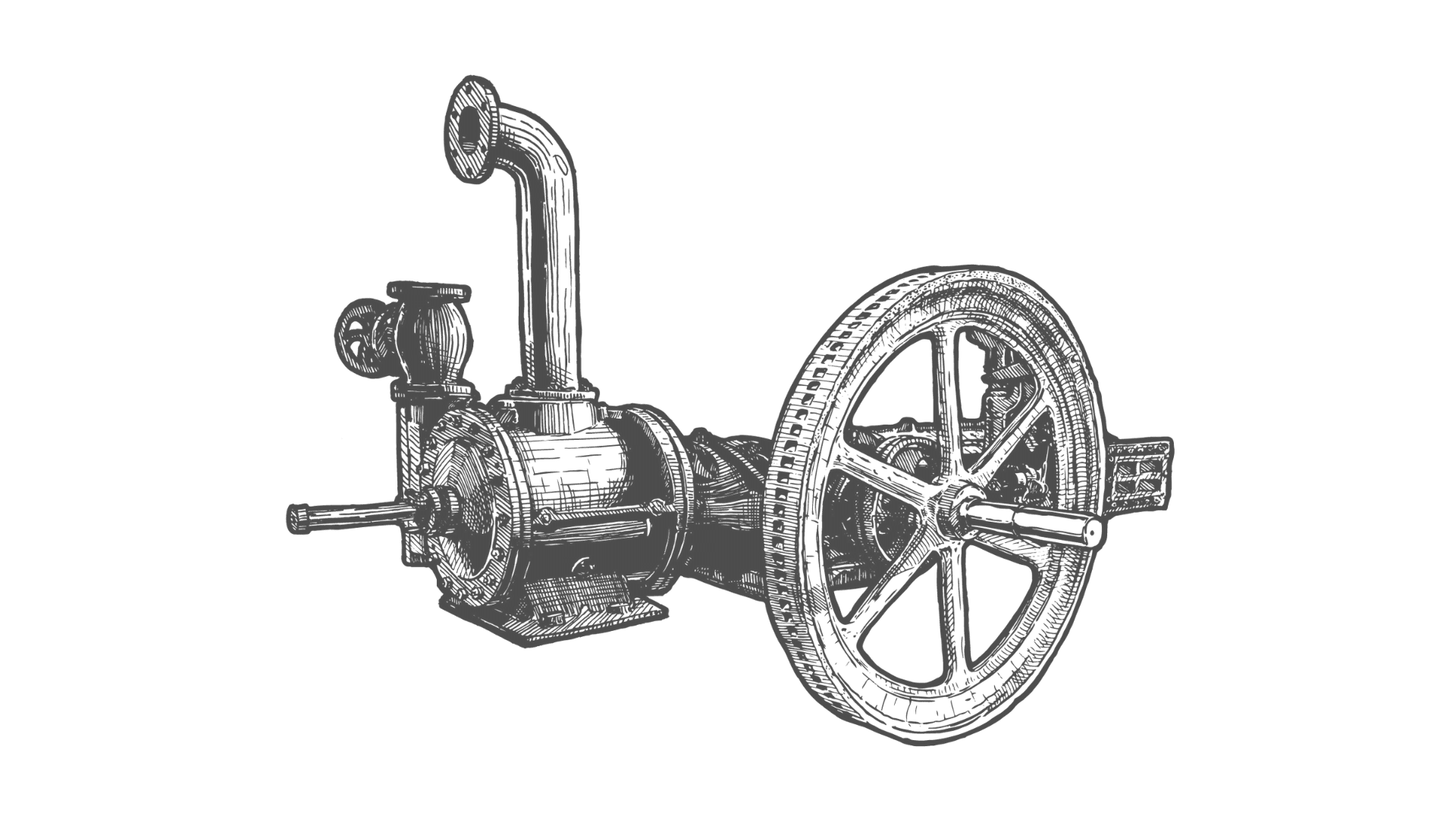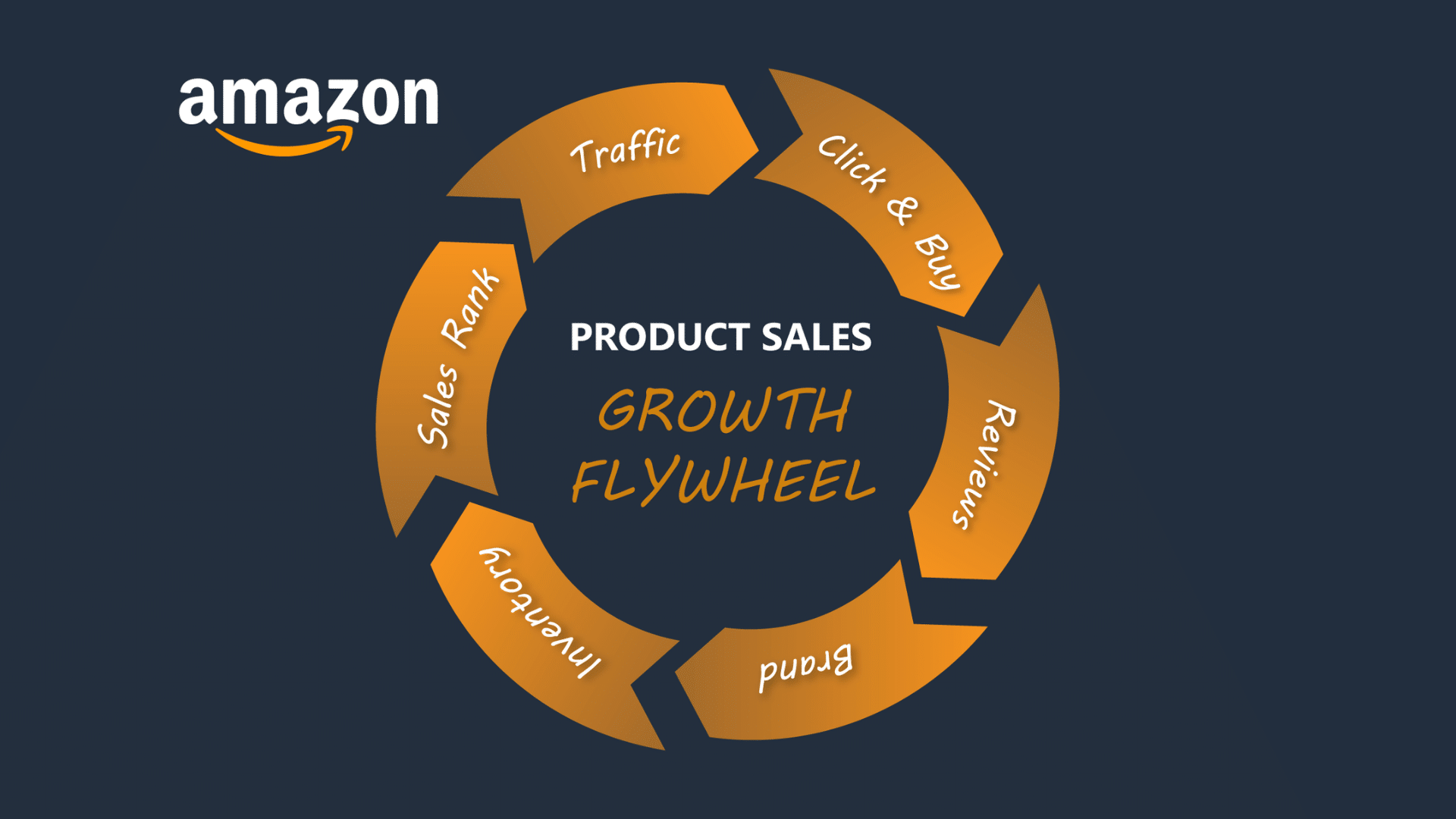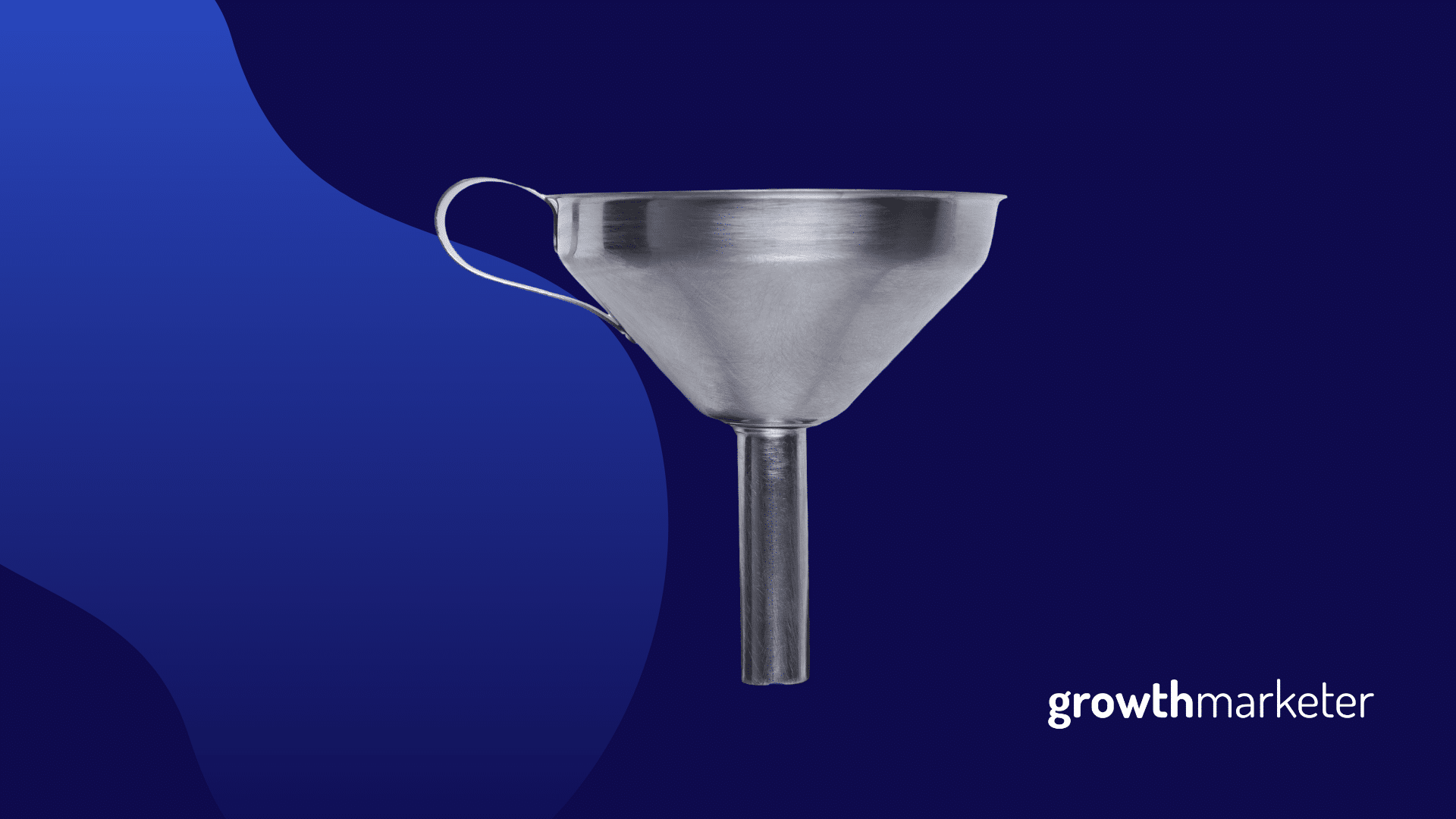You’ve probably heard of a marketing funnel, but what about a marketing flywheel? If you’re not familiar with what a marketing flywheel is, this could be one of the most important changes you make to your marketing strategy in a long time.
In this article, I’ll explain what a marketing flywheel is, and why this new approach is taking over from the outdated marketing funnel model. I’ll also share the history of the marketing flywheel, some definitions, and we’ll wrap up with some advice for building a flywheel of your own.

Funnels are outdated and overrated
Funnels have been around for a very long time.
According to Rakacreative, “In 1898, E. St. Elmo Lewis, an advertising executive, developed a model mapping a theoretical customer journey from the moment a brand or product attracted consumer attention to the point where they purchased it … He called it the Purchasing Funnel, but today you’ll see it most commonly referred to as the sales or marketing funnel.”
The problem with funnels is that they lose all of their momentum at the bottom. As leads come through the top, the goal is to get that lead to turn into a customer, and then boom, you’re done.
Funnels are a very linear model, and in 2020, linear just won’t cut it anymore.
Also, when someone gets to the bottom of your marketing funnel, they just stop. The journey is over.
Ideally, we want the bottom of a marketing funnel to influence the top of a marketing funnel. That would create more momentum in your campaign.
Marketing flywheels are the solution
The answer to pretty much all of these problems is the concept of a marketing flywheel.
A flywheel was first conceived by James Watt. He saw that a flywheel was great for capturing energy, storing energy, and releasing energy. Without flywheels we wouldn’t have the steam engine and all of the industrial progress that came from it.

As for applying the flywheel concept to the world of marketing, one of the first times this happened on a large scale was at HubSpot’s INBOUND conference in 2018.
HubSpot co-founder Brian Halligan “retied the funnel” and introduced their concept of a growth flywheel in front of thousands of attendees.
Quickly thereafter, marketers started exploring how they could use a flywheel model in their own marketing campaigns. Blog posts were written, podcasts were recorded, and definitions were conceived.
In fact, here are a few popular definitions of a modern marketing flywheel:
A model for business growth that focuses on using the momentum of happy customers to drive referrals and repeat sales.
Rakacreative
A continuously improving set of repeatable, tactical investments that scaled with decreasing friction.
Rand Fishkin
One of my favorite mentions of a flywheel in a business context is from the book Good to Great by Jim Collins. Collins talks about a massive 5000-pound metal disc mounted on an axel. He talks about how at first, getting the flywheel to move is difficult. It takes a lot of effort, but then, things change:
The momentum of the thing kicks in in your favor, hurling the flywheel forward, turn after turn … whoosh! … its own heavy weight working for you. You’re pushing no harder than during the first rotation, but the flywheel goes faster and faster. Each turn of the flywheel builds upon work done earlier, compounding your investment of effort. A thousand times faster, then ten thousand, then a hundred thousand. The huge heavy disk flies forward, with almost unstoppable momentum.
Jim Collins
Why marketing flywheels work
There are 3 main components that make flywheels successful as a marketing model:
Weight — What is your flywheel made of? Is it flimsy or solid metal? You can translate this into your product or service. If you have a great product or service, with happy customers, then you have a heavy metal flywheel.
Force — This is your fuel. For marketers, it’s your content, ads, offers, and touchpoints. Every time a prospect, client, customer, or follower interacts with your brand, that could very well create some force that will propel your flywheel ahead.
Friction — Friction is the enemy of every marketer. We want to create effortless experiences for people. We want to reduce complexity. So it makes sense that if you have unhappy customers, bad products, or a bad reputation, this will cause friction and will slow down your flywheel. Avoid friction at all costs.
How to build a marketing flywheel
Okay, by now you’re probably convinced of the power of the marketing flywheel, and you’re ready to ditch the marketing funnel once and for all. But how do you actually build a flywheel of your own?
Start by creating your flywheel model on paper. You can use some inspiration from existing flywheels, such as these examples:



Next, choose the marketing tools you’ll use for your flywheel. You’re still going to need landing pages, marketing automation software, email providers, chatbots, and more. Those tools are not going away.
And the same goes for your marketing channels. You’ll still need to identify your best channels such as paid advertising, organic search, social media, email, chat, etc.
Then, once you have a good idea of all of the various components of your marketing flywheel, you tie it all together and start testing.
One last point
I want to leave you with one final word of advice.
Those first few spins of your flywheel are not going to be easy. It’s going to take time to get everything set up and get it working.
But don’t give up, because as with a real flywheel, once you get it spinning, as long as you’re applying constant force and reducing friction, you’ll be far ahead of the marketers who are still thinking about their outdated funnels.





